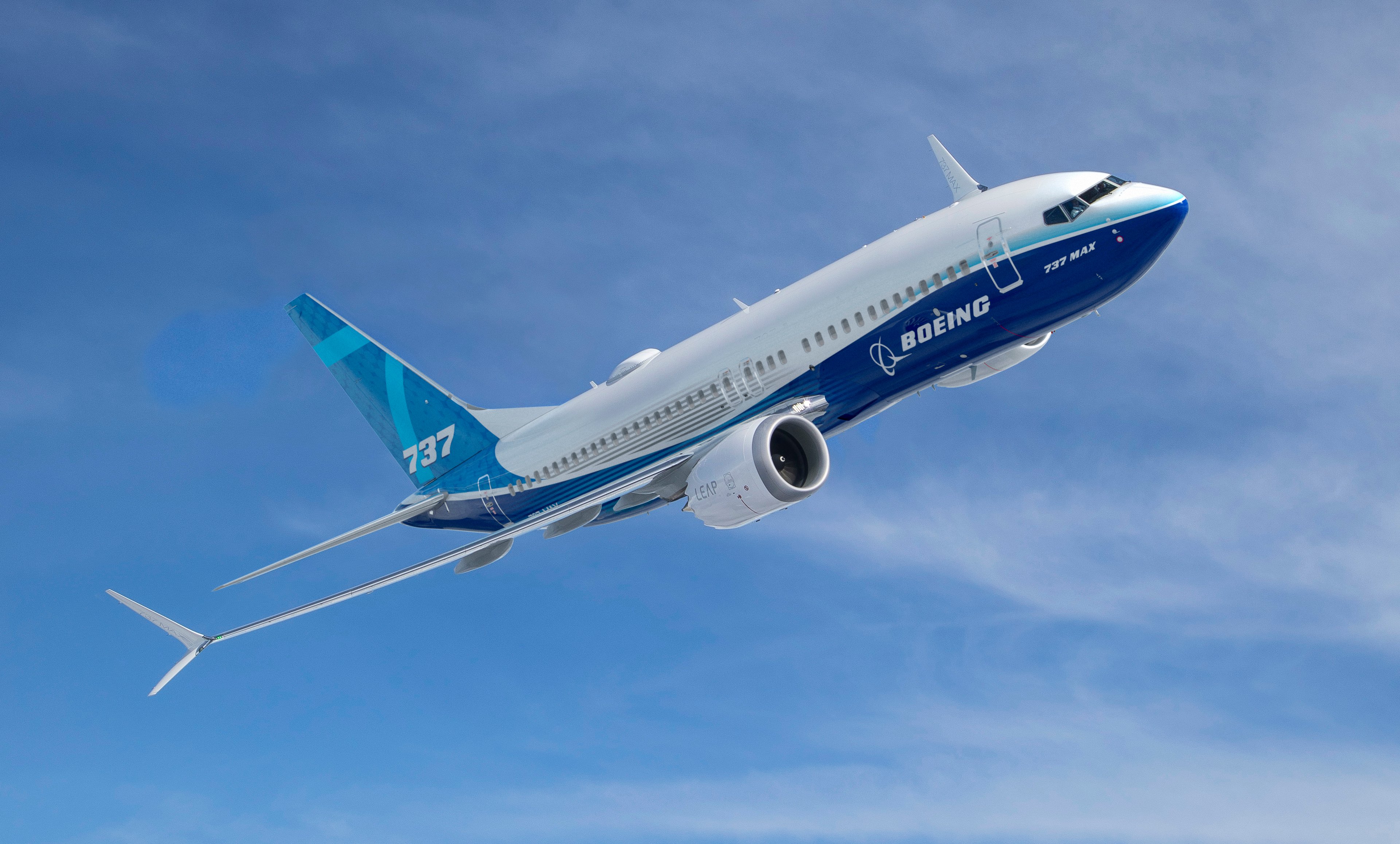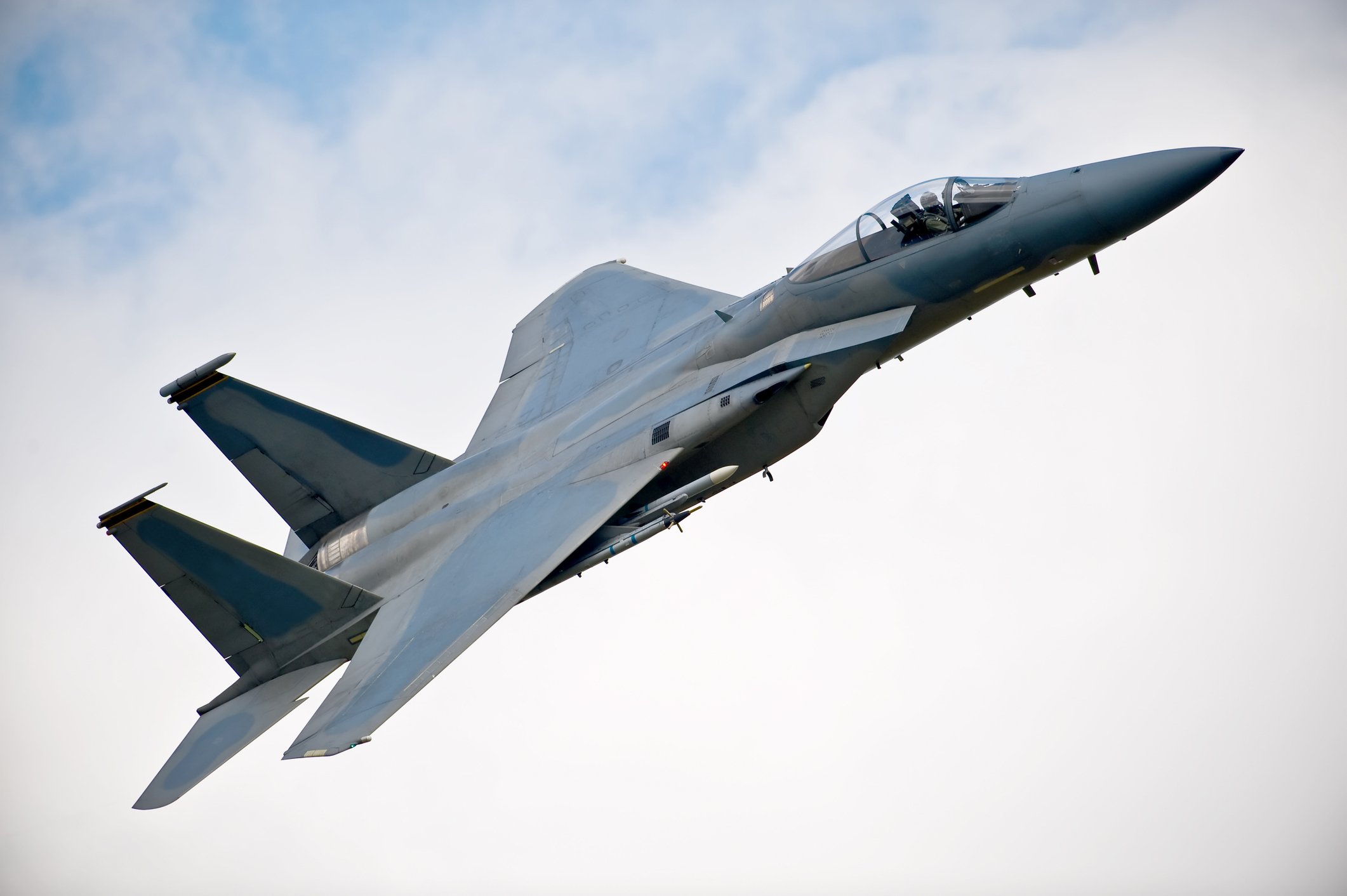Source: German Air Force MiG-29, similar in appearance to the Ukrainian version... except that by the time you read this, there may be no Ukrainian MiGs left. Photo source: U.S. Air Force.
Designed by Russian Aircraft Corporation MiG, the Mikoyan MiG-29 fighter jet is one of the world's great fourth-generation fighter planes.
Powered by twin Klimov RD-33 turbofan engines, the MiG-29 (which NATO calls the Fulcrum) is capable of flying at speeds in excess of Mach 2 for distances of as much as 888 miles, and at altitudes up to 59,000 feet. Armed with a 30 mm GSh-30-1 cannon, and equipped with nine "hard points" capable of carrying everything from bombs to rockets to air-to-air missiles, the plane can perform both air superiority and ground attack missions. And priced at approximately $30 million per unit, it's cheaper than comparable American fighters such as Lockheed Martin's (LMT +0.79%) F-16 Fighting Falcon or Boeing's (BA 0.02%) F/A-18 Super Hornet.
It's little wonder, then, that the MiG-29 is the most popular non-U.S.-built fighter jet on the planet. Indeed, just next door to Russia, 80 MiG-29 jets used to form the backbone of the Ukrainian air force.
Except that that was last year.
Dude, where's my fighter jet?
According to the latest Flightglobal report on the status of the Ukrainian air force, more than three-quarters of those MiG-29s no longer exist. And it's not just Fulcrums. Between the 2014 issue of Flightglobal's "World Air Forces" report and the latest update, Ukraine's air force fighter jet fleet has shrunk from:
- 80 MiG-29 Fulcrums to just 19
- 25 Su-24 Fencers to only 11
- 36 Su-27s Flankers to just 16
- 36 Su-25 Frogfoots ("Frogfeet"?) to just 15.
War, huh, yeah, what is it good for?
How did this happen? According to Medium.com, the answer is pretty simple: For nearly a year now, Ukraine has been fighting a proxy war against neighboring Russia. And whether through combat action, air bases overrun by invading ground forces, or simple "writedowns" of obsolete inventory no longer capable of flying, the result of this war to date is that 75% of Ukraine's MiGs are no longer in service -- and half the rest of the country's air force has vanished as well.
Needless to say, this doesn't bode well for Ukraine's ability to sustain the fight against its rebelling eastern regions and their Russian backers. It does, however, raise some interesting possibilities for what happens next, after the fighting has stopped.
What this means to investors
You see, here at The Motley Fool, we're as interested as anyone in the developments in Ukraine. But what we really want to figure out is how these events will affect investors' portfolios. In that regard, Ukraine's vanishing air force seems likely to open up some major opportunities for U.S. defense contractors.
Consider: If prior to the war with Russia, Ukraine thought a fighter jet fleet consisting of 177 fourth-generation fighters was "just right" for its national security needs, that fleet has now been reduced to just 61 warbirds. That's a "fighter gap" of 116 planes that will eventually need to be filled. (And if you consider that the original 177 warplanes weren't nearly enough to protect Ukraine from Russia, then there's an argument to be made for Ukraine needing to buy more than 116 replacement planes.)
Who will build those planes?
Russia, Ukraine's historical arms supplier and ally, is now probably out of the question. China is one possibility, particularly with that country gearing up to begin exports of its new J-31 Falcon Eagle fighter jet -- a near-twin to Lockheed Martin's F-35 stealth fighter.
Europe is another possibility. Both France's Dassault and Sweden's Saab make great fighter jets, as does the Eurofighter consortium of BAE Systems, Airbus, and Alenia Aermacchi.
Eurofighter's Typhoon Generation "4+" fighter. Photo source: Eurofighter.
Then again, Europe has time and again proven itself reluctant to offend Russia. EU countries had to be dragged kicking and screaming into the coalition that sanctioned Russia after its March 2014 invasion of Crimea. If and when this Ukrainian crisis ends, it won't be eager to rock the boat again by selling new weapons systems to Ukraine.
That leaves us. Or rather, "U.S."
From Lockheed Martin's advanced F-35 stealth fighter jets to its nearly as-capable F-16s, and Boeing's analogous F-15s and F/A-18s, American defense contractors boast a full shopping list of planes that might interest Ukraine's Ministry of Defense after the war ends. And that's not even mentioning the potential market opportunities for Northrop Grumman's (NOC +1.88%) EA-6G Growler electronic warfare aircraft and E-2D Hawkeye airborne early warning aircraft, for Textron's (TXT +0.72%) bargain-priced Scorpion ground-attack jet, and for America's multiple makers of unmanned aerial vehicles.
Long story short, Ukraine's need to rebuild its air force opens a wealth of possibilities -- and possibilities for wealth -- for American defense contractors. As soon as the shooting stops, expect the selling to begin.

Textron's Scorpion is still in search of its first buyer. Might Ukraine sign on the dotted line? Photo source: Textron.











